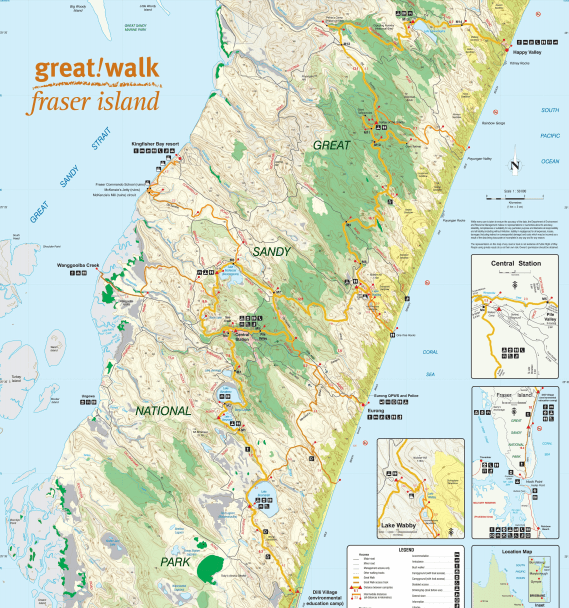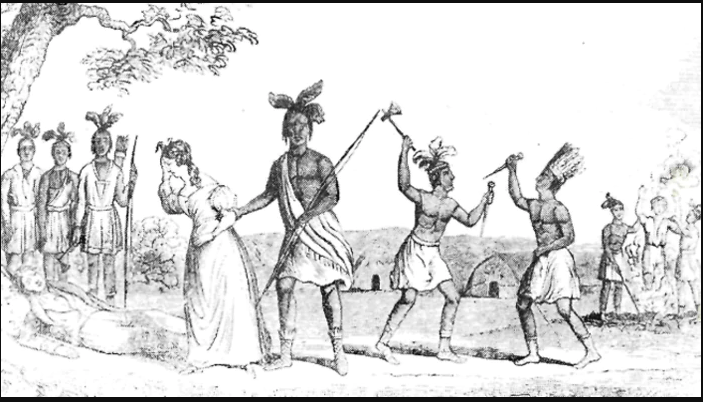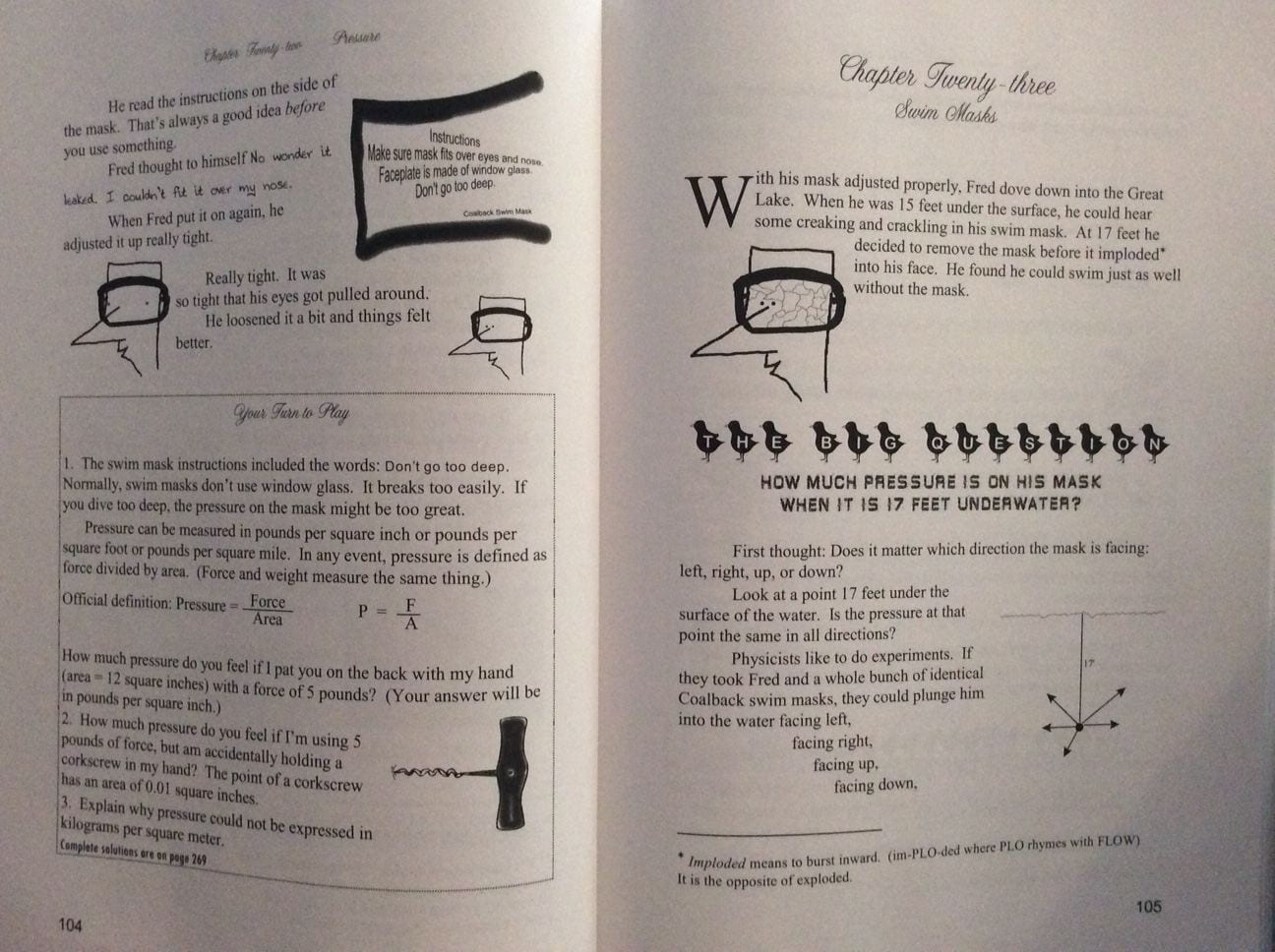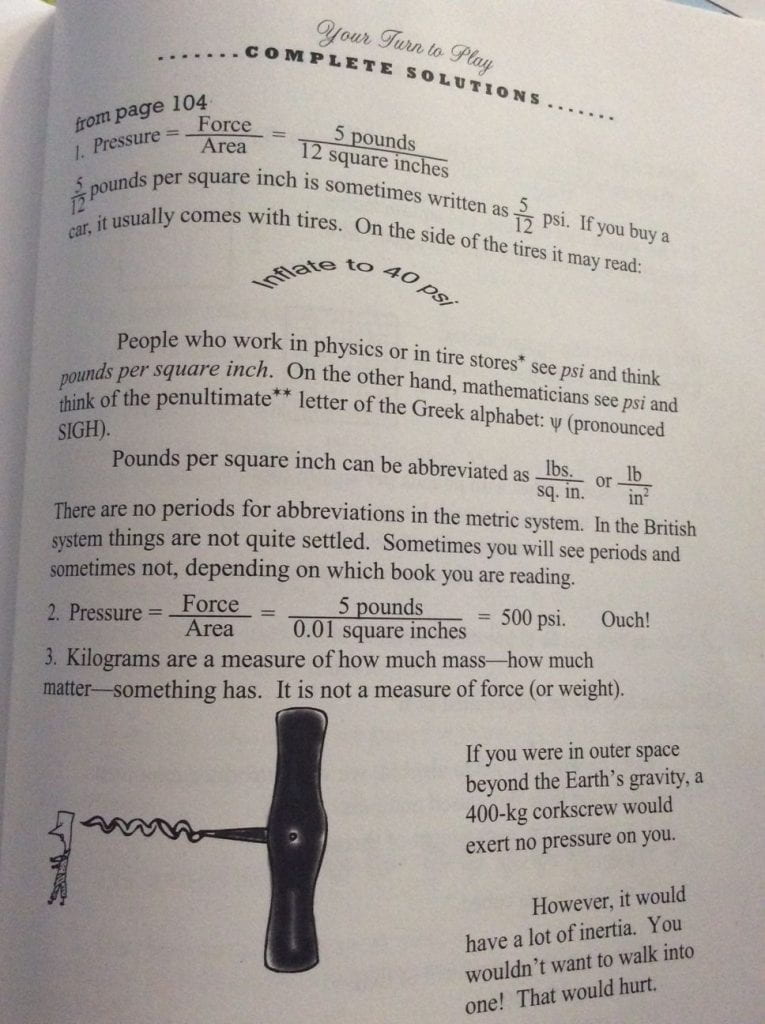K’gari Great Walk
We are off to K’gari in a few weeks, to journey the 90km K’gari Great Walk 🙂 We can look at this as training for our Walkabout on Palawa Country, or an adventure in itself 🙂 However we look at it, the preparations for this mini adventure are providing opportunities to consolidate lots of the things that we are already learning about in our daily chats.

As we have been reading the Upside Down History of Australia together, we were interested to find out the history of ‘Fraser’ Island. The kids presumed it had been named after some ‘explorer’ like many of the other places of significance ‘found’ by European settlers. But we have learned that the ‘story’ has far more to it than some self righteous explorer, the protagonist is a shipwrecked English woman captured by ‘savages’: Eliza Fraser.

Frontispiece to the 1837 New York pamphlet, ‘Narrative of the Capture. Sufferings and Miraculous Escape of Mrs. Eliza Fraser’. (University of Queensland)
The resources put together by Reconciliation Australia and SBS have helped us to understand not only the Butchulla peoples perspective of the ‘story’, but have helped the kids to understand the concept of ‘fake news’ on a deeper level than the way the term is merely thrown about today, through the analysis and deconstruction of a history significant to a place that we are about to take a journey on.
The interactive video, together with lots of learning resources can be found on SBS learn page ‘Discover Australia’s First Fake News Story‘. The interactive was a collaboration by Butchulla artist Fiona Foley, academic Larissa Behrendt, with immersive animation by Torres Strait Islander artist, Tori-Jay Mordey. Alongside imagery, and an interactive ability to wipe away the ‘words’ that create myths, we hear another perspective of the history.

It has inspired us to read the book that the interactive was born from ‘Finding Eliza: Power and Colonial Storytelling‘ by Larissa Behrendt, which we have on placed on hold at our library.
As a learning sample for Aurora’s English, she is using the above resources to analyse the ‘words’ used in Eliza’s account and the newspaper reports, that if ‘viral’ was a thing in 1836…they went viral around the world 🙂 Her task is to imagine what if the Butchilla people published a newspaper in 1836 too, and how they might have wrote the ‘news story’ of ‘Saving Eliza’. As a reporter interviewing the Butchilla people in 1836, Aurora has to create this new story, reporting only the facts, from their perspective. We can’t change history, but the exercise is helping us to understand that how history is told is the way ‘today’ is constructed. How would history have changed if reporter Aurora’s Butchilla news story had gone viral?
As we research many of the areas that we explore and hike in, we are learning the names of places as they were referred to before Europeans declared these places ‘Terra Nullius’ and named them after themselves. This interactive helps us to understand the importance of this ‘dual’ naming of places, as a step towards reclaiming true history. As a result, we will now refer to ‘Fraser’ Island as ‘K’gari’ (pronounced Gurri).
Our instructions for driving onto K’gari, tell us to reduce our tyre pressure to 22 PSI. Just so happens we have been learning about ‘pressure’ in our Life of Fred stories ‘Pre-Algebra with Physics’.

We learned that pressure is measured in pounds per square inch, or ‘PSI’.

We learned this as Fred had to dive in a lake to retrieve a golf ball that had just hit him on the head, wearing a mask made of window glass bought from a dodgy guy… now the kids know what PSI means, they can help their Dad measure the air pressure in our tyres before we drive onto K’gari, and I am sure their Dad will be delighted when they give him a physics and maths lesson about all that they have learned about pressure in our Fred story 🙂
We haven’t even started on the track notes of the walk, or how on earth we are going to carry food and all our gear for 6 days (the longest thru hike we have completed up to now is 5 days), and we need to build up to 8 days for our Tassie hikes…a little geography and some maths to calculate our best weight distribution coming soon 🙂
